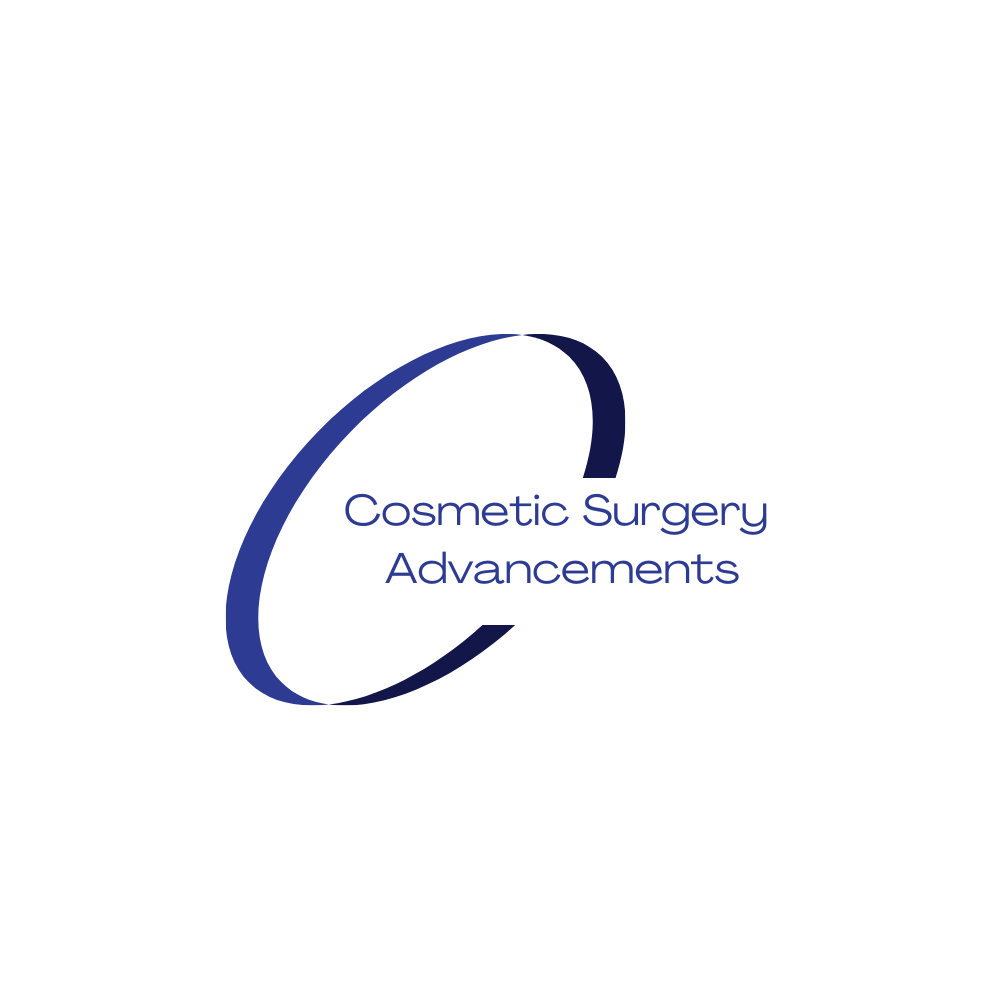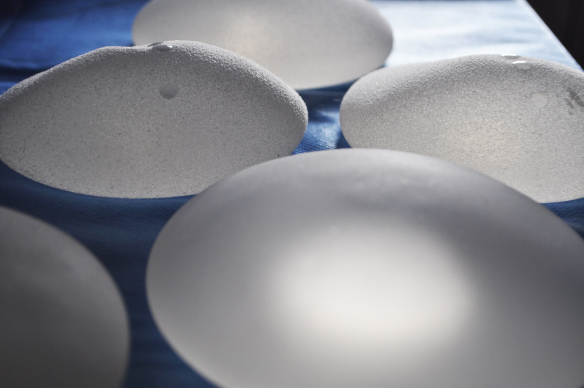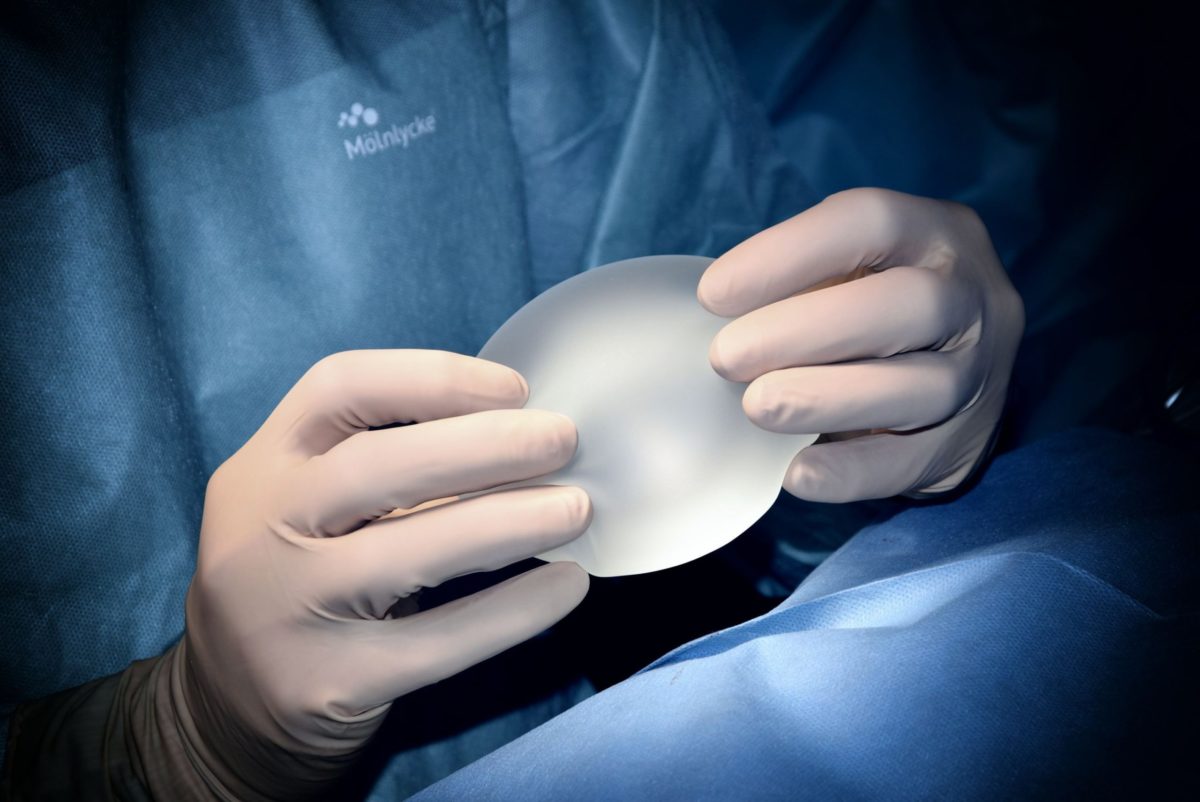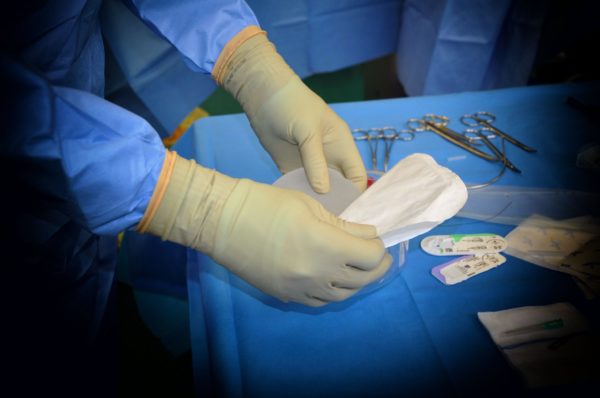All scars progress through a continuum of healing. From the time of injury (a surgical incision), a scar can take up to 18 months to complete the healing process or for the scar to reach maturation.
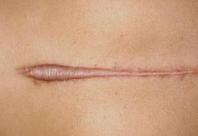

Steroid Injections
Dermatologists may inject a corticosteroid solution directly into a hypertrophic scar or keloid, which may help reduce its size. Steroids break the bonds between collagen fibres, which reduces the amount of scar tissue beneath the skin.
Corticosteroid injections
can be used to treat some keloid and hypertrophic scars.
The scar may need to be injected a number of times to achieve the best results.
Injections are usually given on three occasions, four to six weeks apart, to assess your body’s response. Treatment may continue for several months if the scar is improving.
A steroid-impregnated tape can also be used to try to flatten keloid scars. It can be prescribed by a GP or dermatologist and is applied for 12 hours a day.
Laser or light therapy (pulses of light)
Both of these treatments can reduce the redness in a scar by targeting the blood vessels in the excess scar tissue. In the hands of a board-certified dermatologist, laser treatment can safely treat many types of scars. For some pitted scars, laser surgery (laser resurfacing) is used to try to make the scar flatter. This involves using a laser to remove the top layers of skin, which stimulates collagen production in the deeper layers.
Procedure
A doctor will clean the area around the scar and may inject local anaesthetic or apply a numbing cream to the area. If the scar is on the face, they may ask the person to wear protective goggles.
The doctor will place wet towels or gauze around the scarred area to absorb laser pulses that would otherwise affect healthy skin.
The doctor will pass the laser over the scar tissue. They may occasionally apply a cooling saline or water solution. After the treatment is complete, the doctor will apply an ointment and a clean dressing to cover the area. The treated area may remain red for several hours after the procedure. There may also be mild swelling and stinging that might feel similar to a sunburn.
In this treatment, dermatologists use a high-powered laser to remove the top layer of skin that has been scarred. The laser also penetrates to the skin’s middle layers, tightening and smoothing the skin.
Dermal fillers
Dermal fillers are injections (often of a man-made acid) used to “plump up”
pitted scars. Treatments can be costly and the results are usually temporary.
Repeat treatments are needed to maintain the effect.
Types of lasers
A CO2 laser is a powerful laser that penetrates deeply into the skin and is better at removing thicker and deeper scars. As a consequence, recovery time is long, usually about two weeks. The procedure also can be painful.
Erbium: YAG laser is less powerful than the CO2 laser and is most often used to treat shallow scars. You’ll need less anaesthetic and sedation when you undergo laser scar removal with this laser, and your recovery time is faster, usually about a week.
Fractionated Laser Resurfacing
This precise laser therapy uses tiny beams of light that penetrate deeply into the skin. The result is dozens or even hundreds of microscopic holes where skin cells have been removed, surrounded by healthy skin. The holes help break down old skin cells while stimulating collagen production within the deeper skin layers. The surrounding healthy skin helps to quickly heal the damage done by laser therapy, resulting in fresh, new skin cells.
A topical anaesthetic will prevent pain. This therapy is much less invasive and requires little to no recovery time — it also doesn’t produce the same amount of skin improvement as full-fledged laser resurfacing. Patients usually experience redness or minor swelling that fades within a few days. You’re likely to need three to five treatments, spaced out at least a week apart. While some improvement will be seen immediately, you will have to wait a few months to get the real results of the treatment.
Non-Ablative Laser Resurfacing
Dermatologists use infrared skin lasers to heat the inner layers of the skin
while leaving the surface untouched. This promotes collagen production and
creation of fresh new skin cells that will replace the scars’ damaged cells.
This procedure does not require the recovery time needed following laser skin
resurfacing and also takes less time, usually 15 to 30 minutes for each
treatment.
Cryotherapy
Liquid nitrogen can be used to freeze keloid scars. If cryotherapy is used in
the early stages, it may flatten keloid scars and stop them growing. A side
effect of treatment is that it can lighten the colour of the skin in the area
being treated.
Skin needling
Skin needling, which involves rolling a small device covered in hundreds of
tiny needles across the skin, which can help improve the appearance of scars.
But repeat treatments are often needed to achieve an effect, and results vary
considerably.
Dermabrasion
Dermabrasion is performed by dermatologists and plastic surgeons. A rapidly rotating wire brush or a diamond wheel with rough edges is applied over the surface of the skin to remove and level the upper layer. The treated area heals, allowing new skin to grow in its place. Following treatment, there will be mild inflammation and temporary swelling.
Microdermabrasion
This nonsurgical technique that affects only the superficial dead layer of the
skin, producing transient changes. Microdermabrasion is often administered by
nonphysician professionals.
It is relatively pain free and skin will only usually produce mild redness.
Surgery
Surgery can sometimes be used to improve a scar by:
making it appear more natural
making it less noticeable (by using a skin graft)
releasing a tight scar that’s close to a joint to improve movement
Scar reduction surgery is an invasive treatment that may not be suitable for
everyone.
You should carefully consider the pros and cons before deciding to have
surgery. As well as the normal risks of surgery, there’s also a chance of
making the scar worse.
If you’re considering scar reduction surgery, make sure the plastic surgeon is
fully trained and experienced in this type of surgery. You should fully discuss
the procedure with your surgeon so you’re aware of the risks and expected
results.
If surgery is used to treat a keloid scar, you may also need other treatments
immediately after surgery, such as steroid injections or radiotherapy, to stop
the scar growing back larger.
Pressure dressings
Pressure dressings are usually used under specialist supervision for treating
large burn scars or after skin grafts. The aim is to flatten and soften the
scars.
They are usually made from a stretchy, elastic material. They’re worn over the
scar 24 hours a day for around 6 to 12 months. They can also be used with
silicone gel sheeting to improve the appearance of scars over a long period of
time.
Silicone gels or sheets
Silicone gels or sheets can be used on healing skin (not open wounds) to help
soften and flatten a scar. They can also relieve itching and discomfort. To be
effective, silicone gels or sheets should be placed over the scar for 12 hours
a day for at least three months. They come in various shapes and can be washed
and reused.
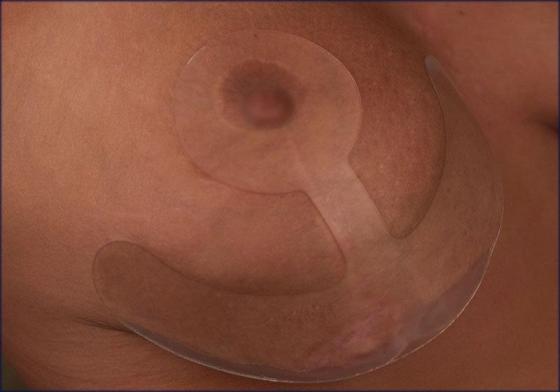
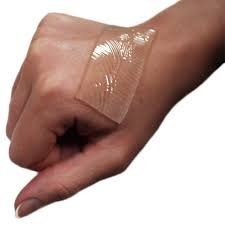
Best scar cream
for breast augmentation, the only topical scientifically and clinically proven to lessen scar thickness is Solution for Scars, from http://www.scienceofskin.com – developed by
Douglas McGeorge FRCS(Plast).
